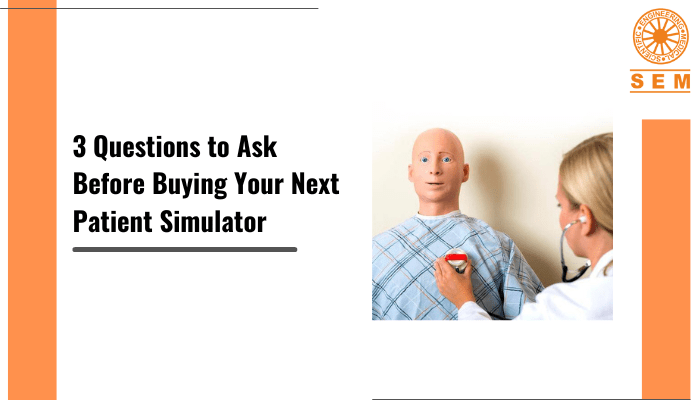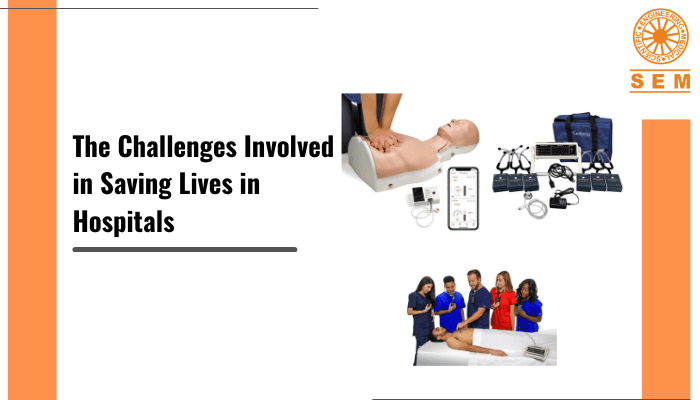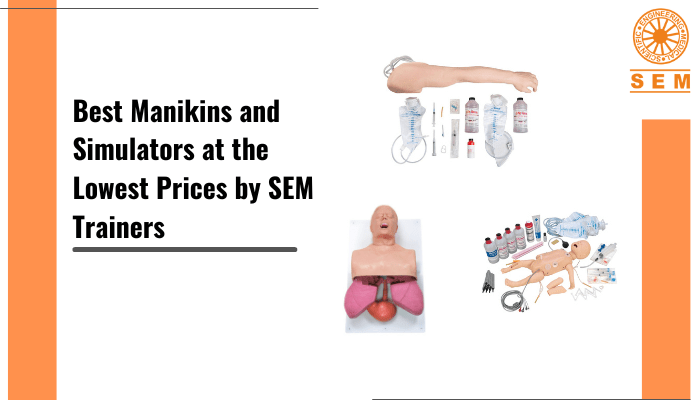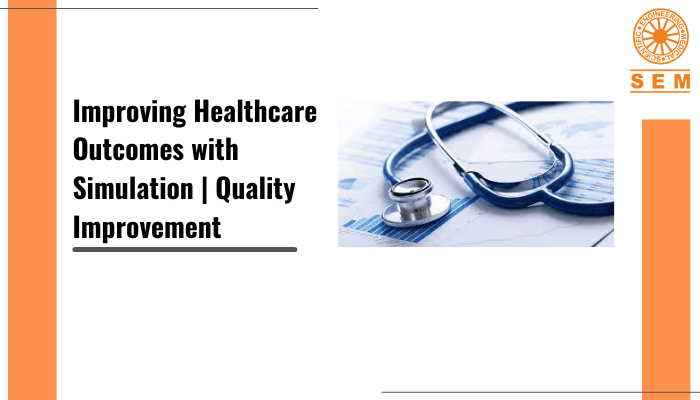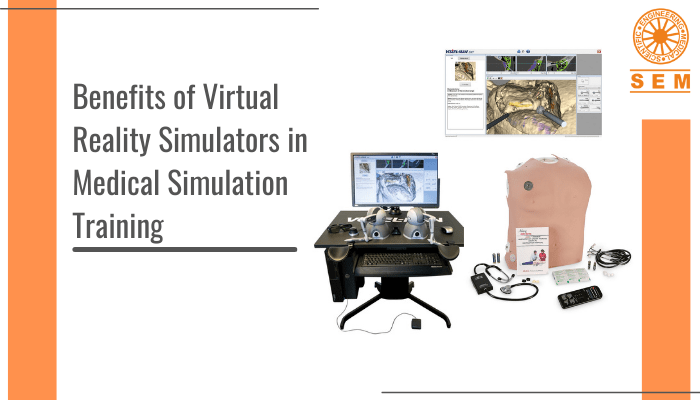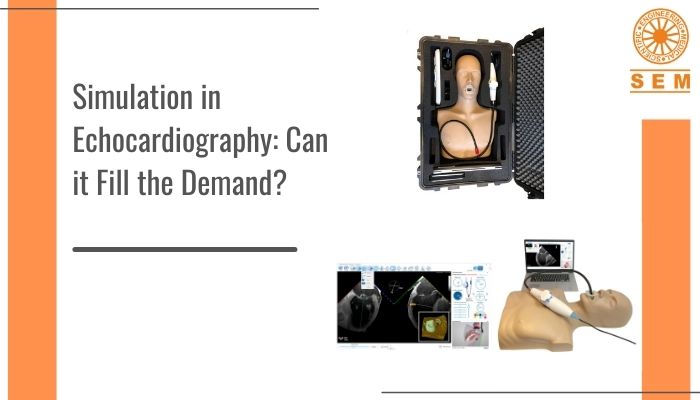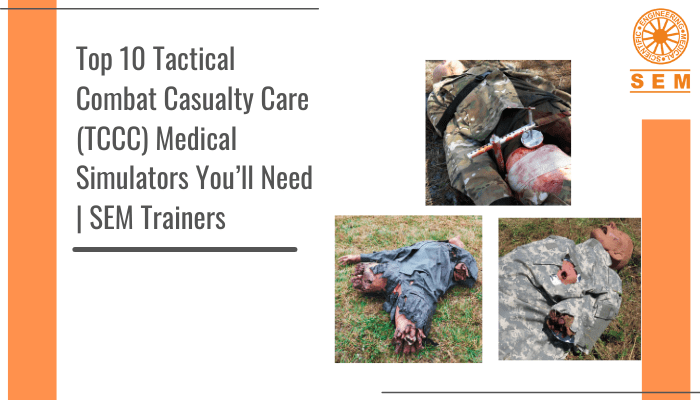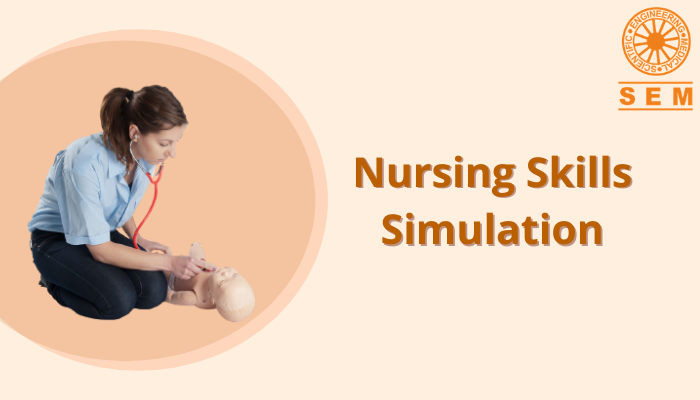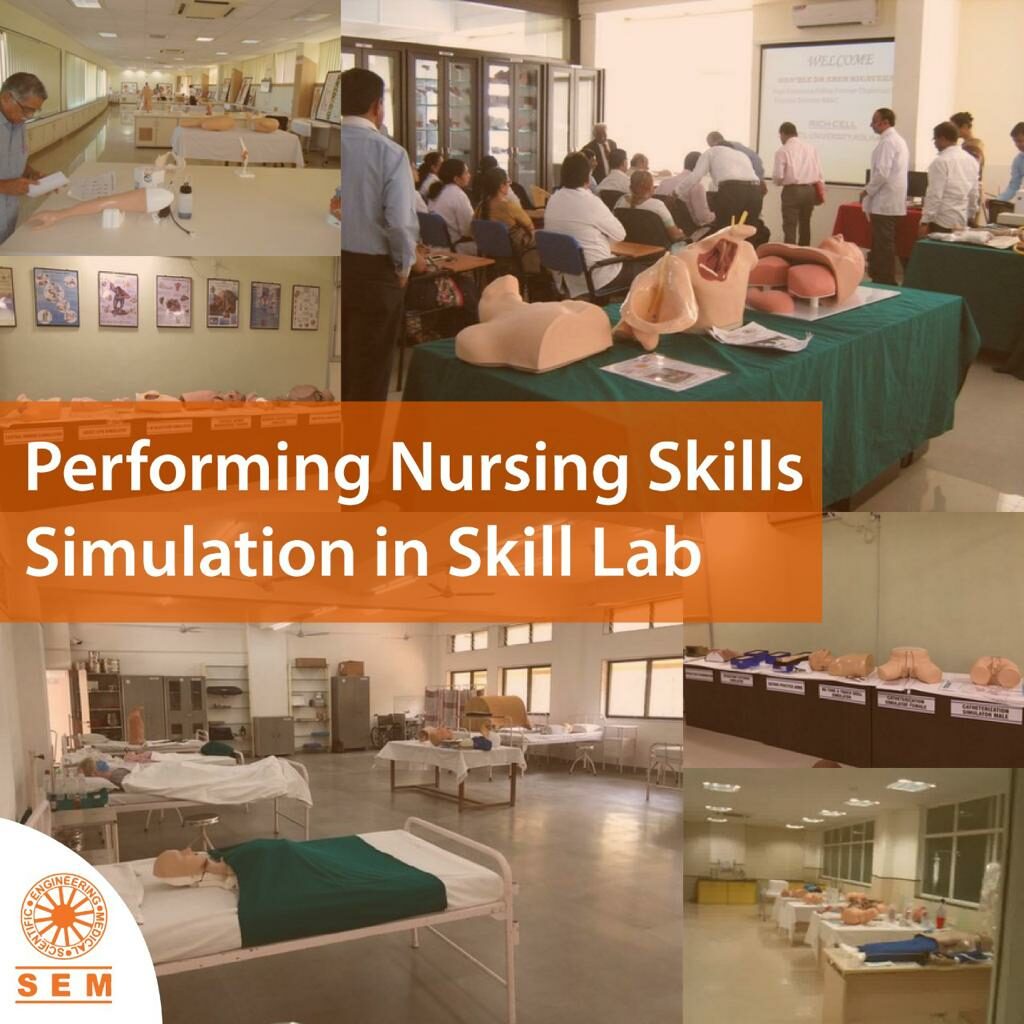3 Questions to Ask Before Buying Your Next Patient Simulator
What is a Human Patient Simulator?
Patient simulators are life-size manikins with lifelike features and responsive physiology like respiration, heart beat, and pulse. In simpler terms, these are mechanical and computer-controlled simulators that look realistic and respond realistically, showing symptoms and disease processes as would be in real life. This kind of high-fidelity realism provides a hands-on learning experience in a controlled environment, and is great for building clinical skills, communication skills, and critical thinking in learners.
One thing to consider when buying a simulator or manikin is their high acquisition and maintenance costs. With that in mind, before making a purchase, it’s important to ask the right questions.
Question: What skills do we need to teach with this patient simulator?
Patient simulators come in a variety of models, from surgical simulators and military simulators to birthing simulators, preterm infant simulators, and geriatric simulators. Some manikins come with severed limbs or burn injuries. These can be great for teaching learners how to deal with military, trauma, or emergency cases while also training on triage for such cases. With multiple manikins, you can also create mass casualty simulations. If your purpose is to train for birthing related skills, you can go for various manikins to simulate labor, delivery, newborn emergencies, and postpartum critical events. These can teach skills like delivering a baby head down, caring for preterm babies, caring for sick babies, caring for the mother with postpartum complications. Whatever skills you need to teach, look for simulators related to that.
Question: How realistic should the patient simulator be?
Patient simulators can be low-,mid-, or high-fidelity manikins. The higher the fidelity, the more realistic and lifelike the simulator and its replication of the human body’s various functions. Let’s ask the first question again- what skills need to be taught with the simulator? If you need it for repetitive task training like starting IVs or inserting urinary catheters, a simple low-fidelity manikin will do. If you need individuals to learn how to change dressing or practice suturing, simple silicon wound models will be enough. If you want to teach something like performing CPR, you’ll need basic cardiopulmonary resuscitation manikins. For assessing vital signs or training on nursing skills, you might be better off with mid-fidelity manikins. This can help them figure out whether it’s safe to give a medicine depending on the current vital signs. Most high-fidelity manikins will mimic complex body systems (for ex- the chest may rise and fall, there may be chest and bowel sounds, and you may be able to feel a pulse) and help train on complex clinical skills and trauma or emergency cases. Some high-fidelity manikins may also be able to speak or cry. Basically, to understand what kind of fidelity you want, you’ll need to think about the complexity of the task you need to train on.
Question: What is your budget?
Another important question is to ask what your budget is for the patient simulator. For this, you need to consider what functionalities you will need in the simulator. Will you need a very high-fidelity manikin or will a mid- or low-fidelity one be enough? High-fidelity manikins tend to be costlier than mid- and low-fidelity ones. Sometimes, people end up buying the high-fidelity ones and then many of those functions go unused either because they are not required for the scope of the learning or because people aren’t even aware of those functions. Other times, people buy low- or mid-fidelity manikins, but then have to buy better ones eventually. You may also need to ask yourself- “Do I need to buy a high-fidelity manikin for this or distribute the budget elsewhere in the lab too?” To be honest, neither fidelity is superior to the other, they both have their pros and cons. While high-fidelity manikins are more realistic, low-fidelity ones allow students to learn at their pace. The decision may come to what skills need to be taught.
Ultimately, you need to make a decision based on what functions you need and what skills you need to teach while making a trade-off between cost and fidelity (but accommodating the fidelity needs of the skills to be taught).
Simulation is the only way to provide learners the opportunity to deal with rare and life-threatening situations without causing any risk to real patients. And even then, when they make mistakes, they get to see the implications of the errors and are allowed the chance to rectify their mistakes. Over the last few years, this technology has revolutionized how we approach healthcare and the quality of patient care, and it’s exciting to think about what the future holds for it.
More Blog:
Medical Simulation Training: Market Share, Projected Growth
Follow us on Social Media :


